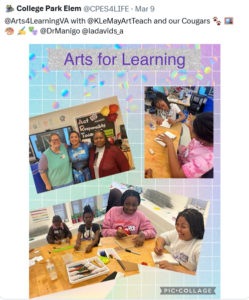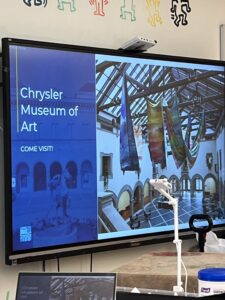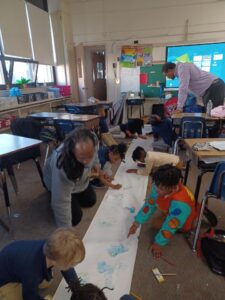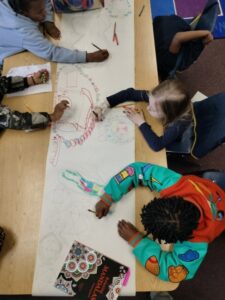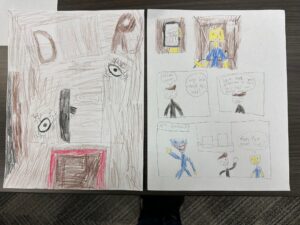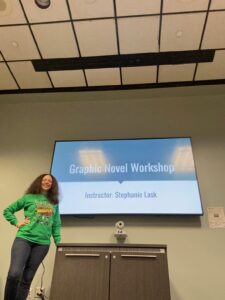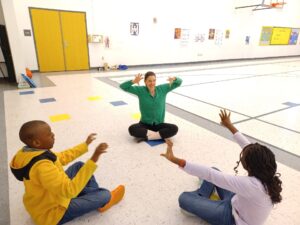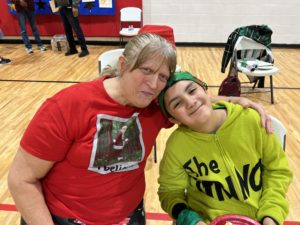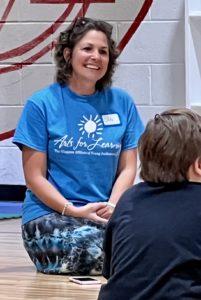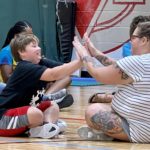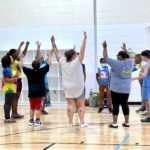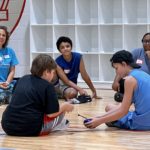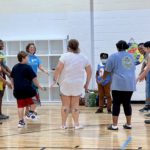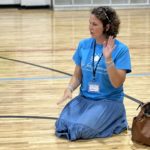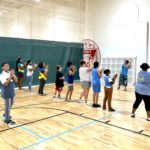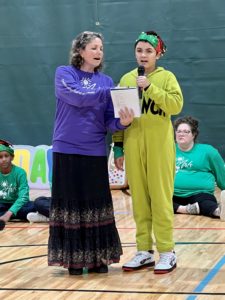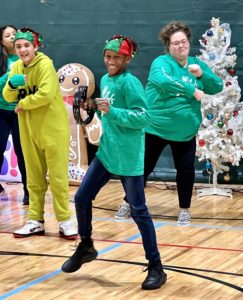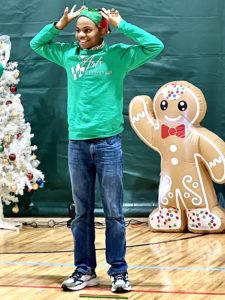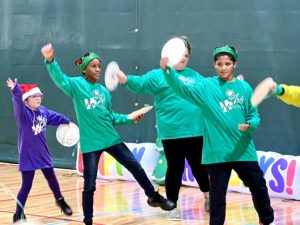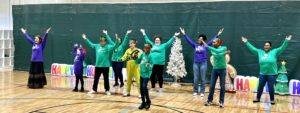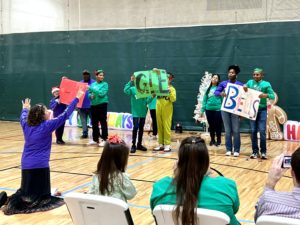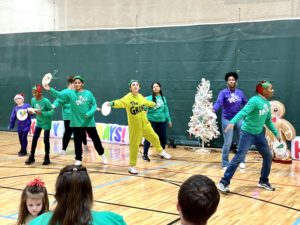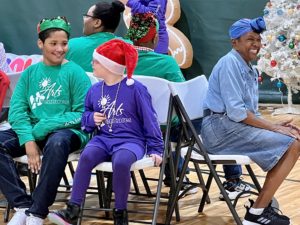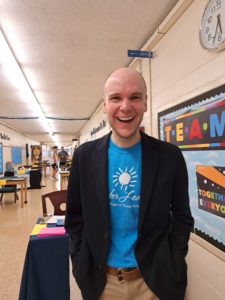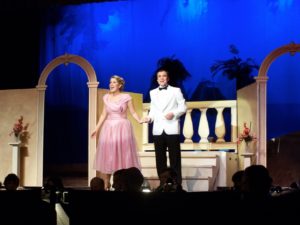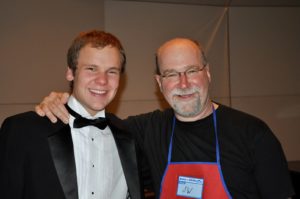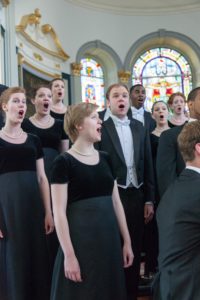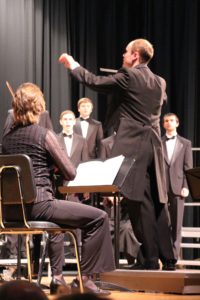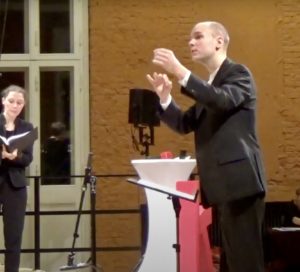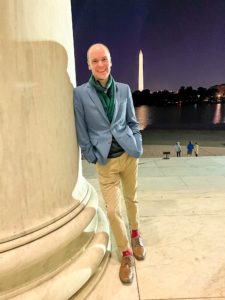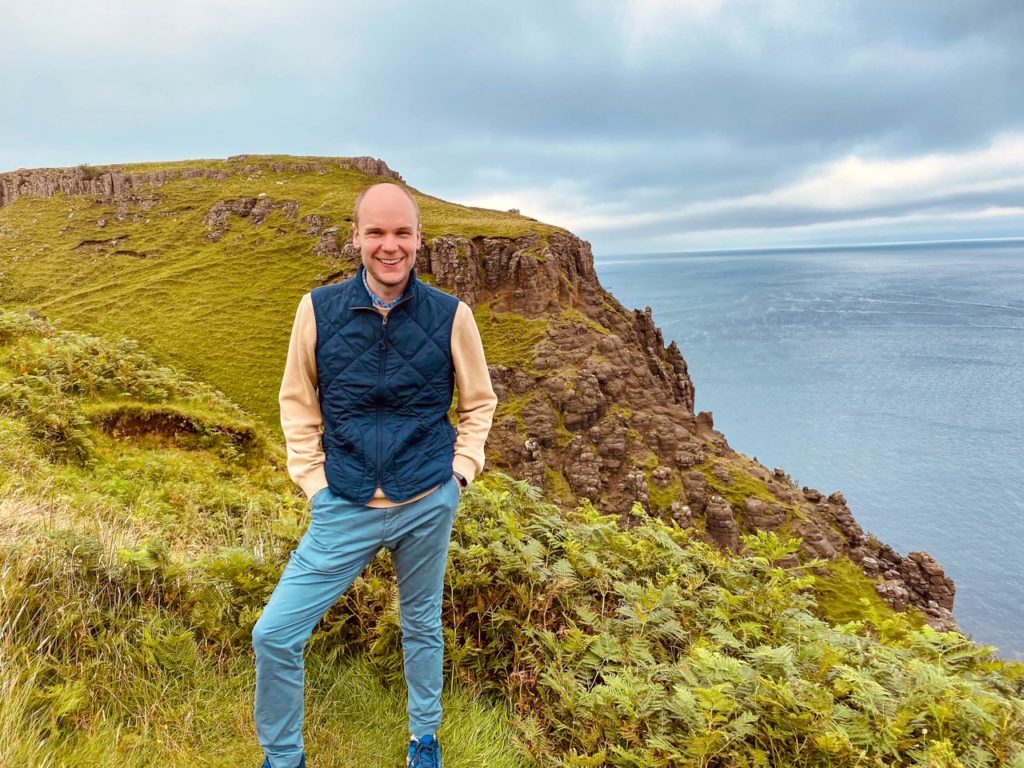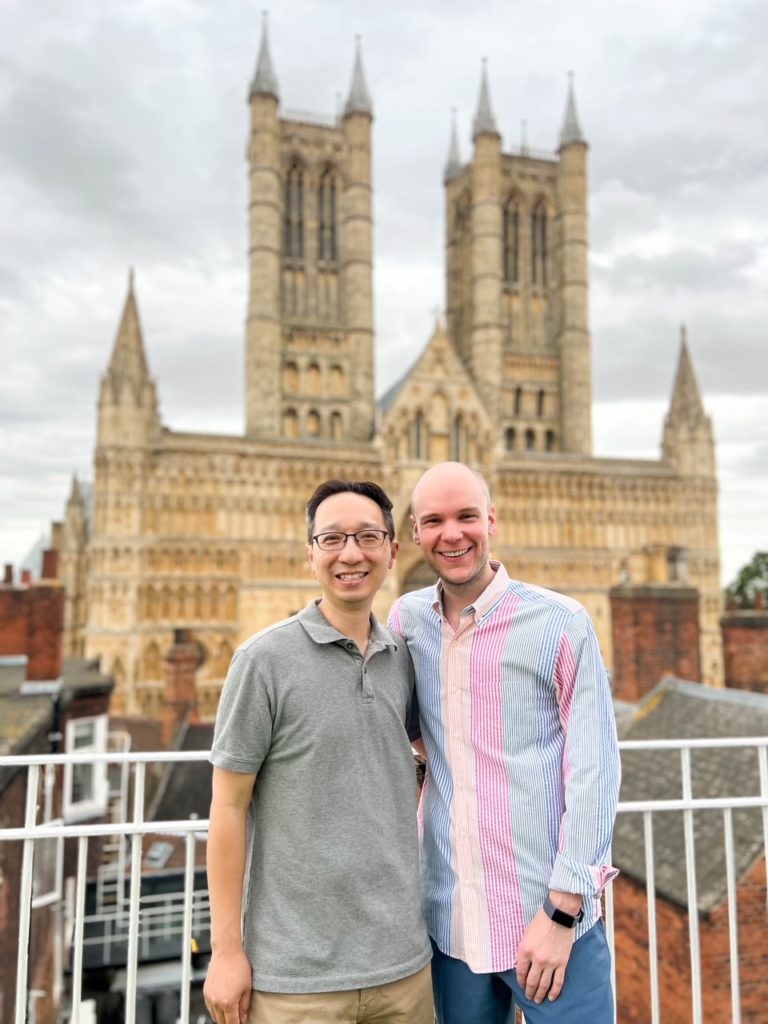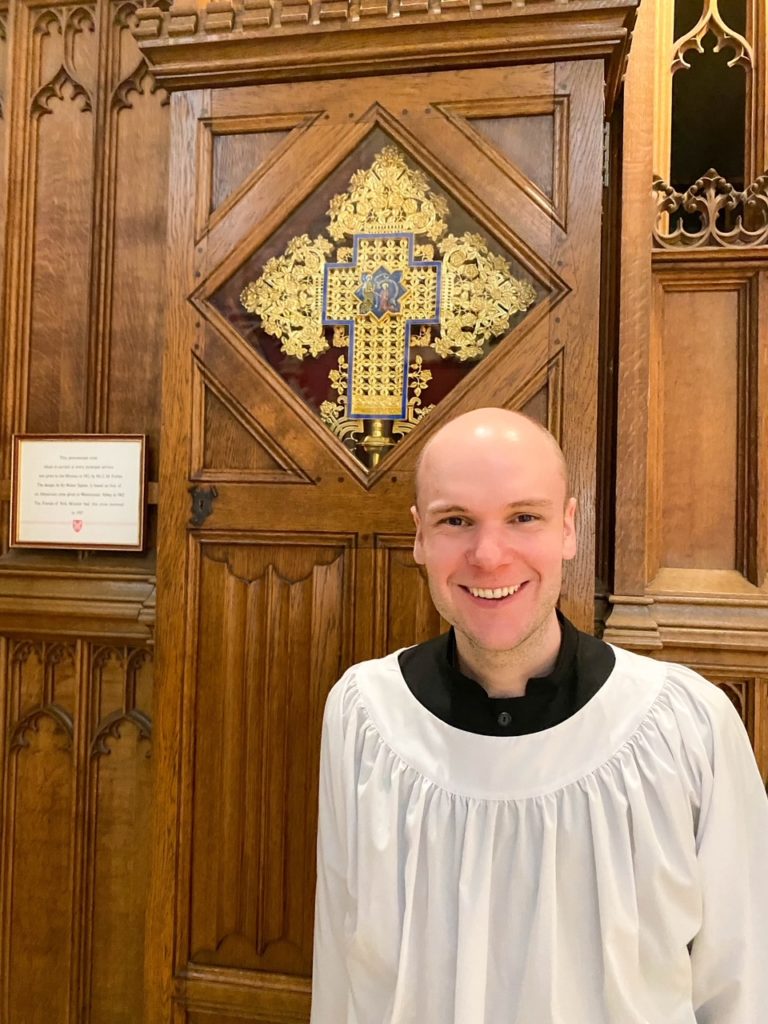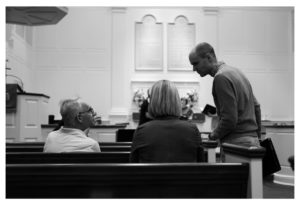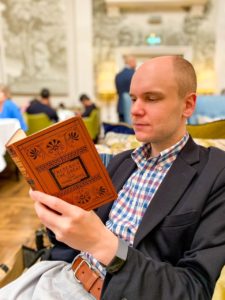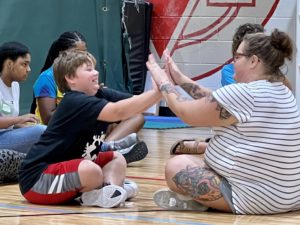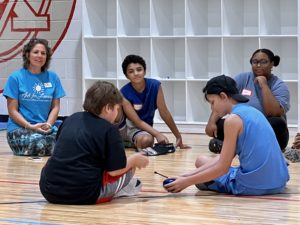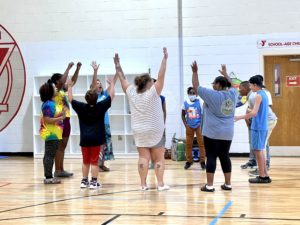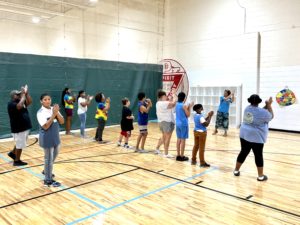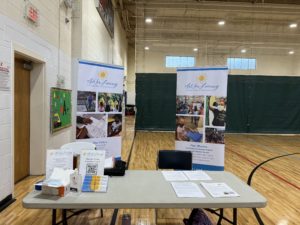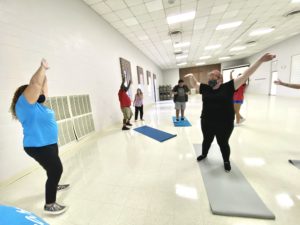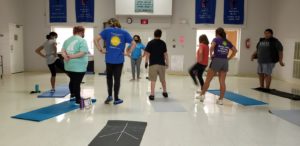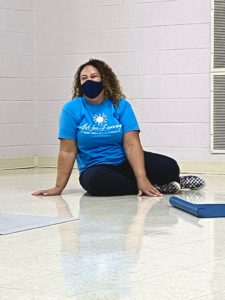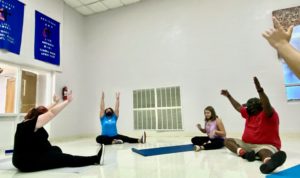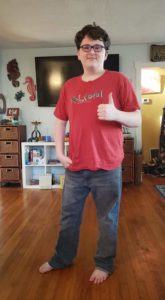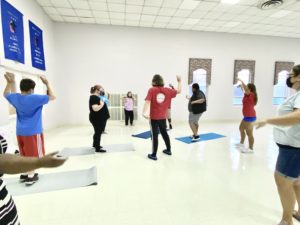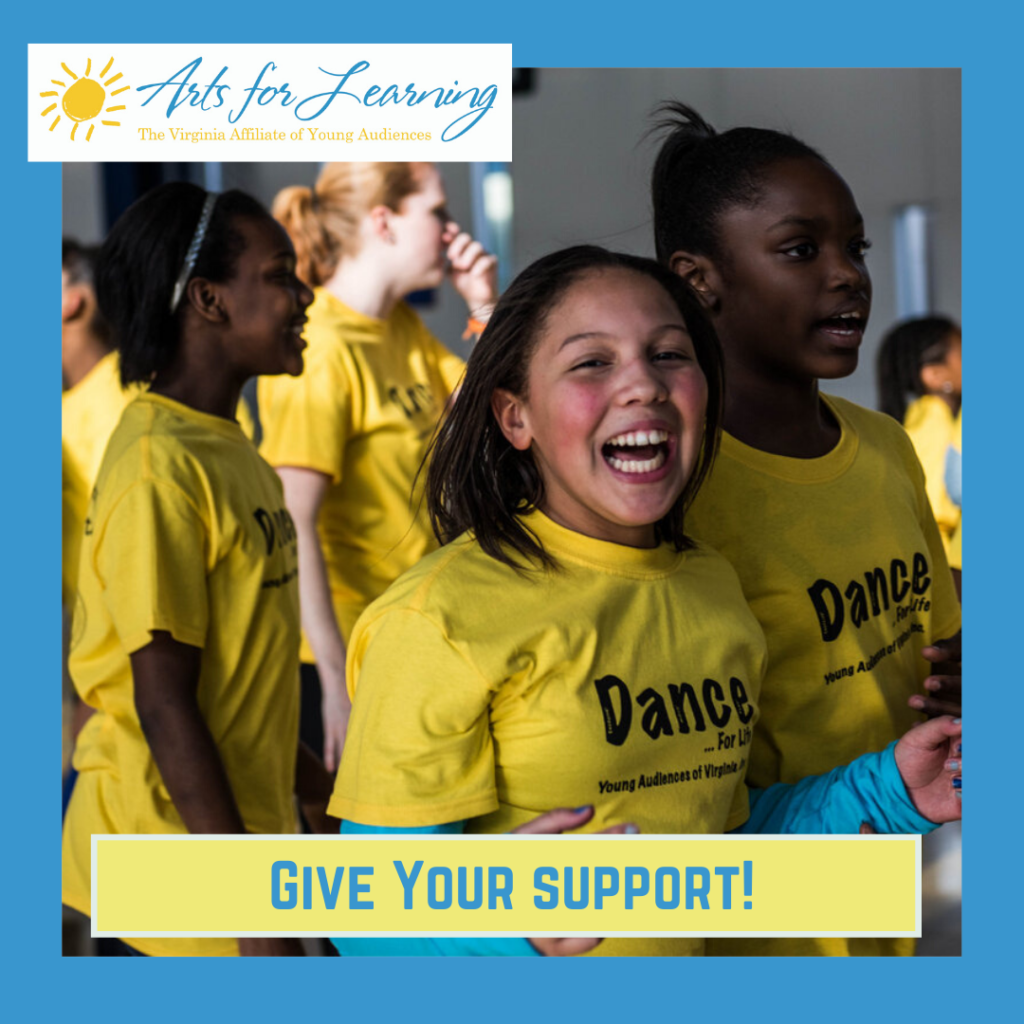No, we’re not talking about this year’s Best Picture winner (although we DID love it!) We’re talking about springtime at Arts for Learning where we have so much going on—new residencies, workshops, public performances, and more for students from Pre-K to 12th grade!
Residencies
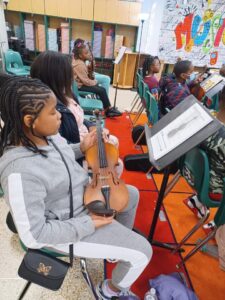
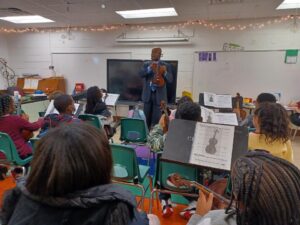
Strings Impact: Fourth through sixth graders at three elementary schools in Portsmouth have the opportunity to learn the basics of playing the violin—without having to pay or rent an instrument. Strings Impact is one of our longstanding residencies, and we’re so happy students at Churchland, Lakeview, and Simonsdale are participating in this after-school opportunity. Students from each school will perform concerts for family and friends in May.
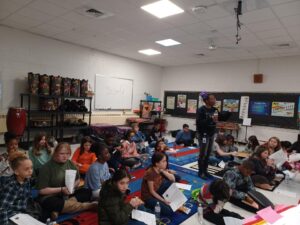
IDEAL, Intentional Designs of Expression in Artistic Languages: Older elementary students from three school divisions—Norfolk, Portsmouth, and Virginia Beach—are also busy after school in a new residency.
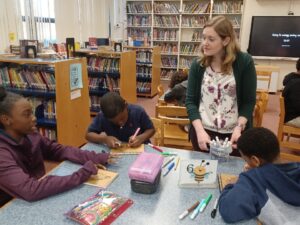
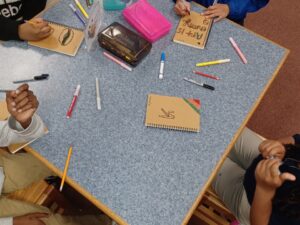
Students are participating in year one of IDEAL where they’re exploring identity and community through poetry, movement, and visual art. Students are being led by A4L teaching artists Cindy Aitken, Gary Garlic, and Jennifer Graham at Lindenwood Elementary in Norfolk, Asiko-oluwa Aderin and Nathan Richardson at Westhaven Elementary in Portsmouth, and Jackie Adonis and Valerie Davis at College Park Elementary.
In May, students will showcase performances and artwork at the Chrysler Museum, with their art pieces to be professionally hung in a gallery for a month for the public to view!
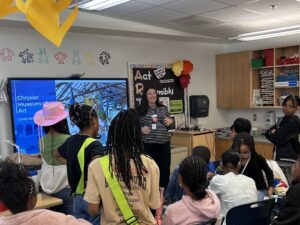
To bring students in the museum and show them it’s their place to have a voice is just an amazing opportunity,” says Anna Green, COO for Arts for Learning. “I can’t even bring words to how important that is, to make the museum accessible and for students to feel like they’re a part of a larger community.”
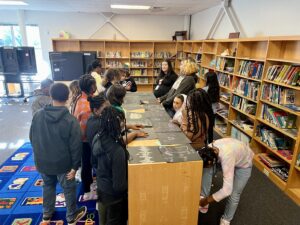
Arts + Learning Snacks: Tessellations
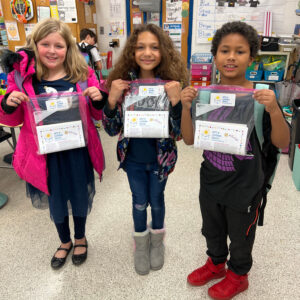
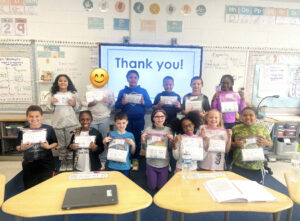
Third-graders at seven elementary schools in Virginia Beach have a new (and so-not-boring) way to study for their math SOL testing in May. Thanks to free bilingual art kits, they’ll get a refresher on measuring perimeter and area by following instructions to design their own tessellations. (A “tessellation” is an arrangement of shapes closely fitted together using a repeated pattern without gaps or overlapping.) Thanks to support from the Virginia Beach Arts and Humanities Commission and the Helen G. Gifford Foundation, we distributed 500 take-home kits to students in Title I schools in Virginia Beach.
And how nice to see these smiling faces!
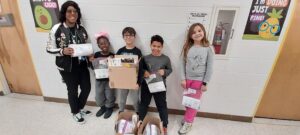
Public Performances and Workshops
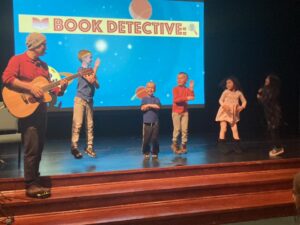
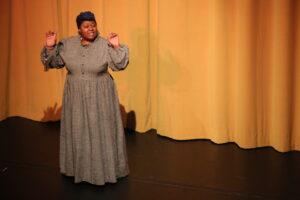
There’s no excuse to be bored at home anymore—not when we’re offering so many different performances and workshops, certified family friendly, fun, and fabulous. offered throughout greater Hampton Roads.
With programs offered throughout greater Hampton Roads, there’s something for all ages. Click for the latest on our Events Calendar and make sure to check back often because we keep adding more programs. We’ve had some wonderful ones lately—from the “master of tricking kids into learning,” Dino O’Dell, on tour from Kansas City to Valerie Davis’s inspiring portrayals of courageous women in history.
We thank all of those who care about arts education and financially support these programs and more—we couldn’t do it without you! Check out the list of our supporters here.
PLUS THERE’S MORE! Our teaching artists love sharing the joy of the arts with children. Here’s James Cooper leading a Geometric MOSAIC workshop in Norfolk, Stephanie Lask teaching the graphic novel in Virginia Beach, and Amy Harbin guiding Rhythm and Me students in Portsmouth!

